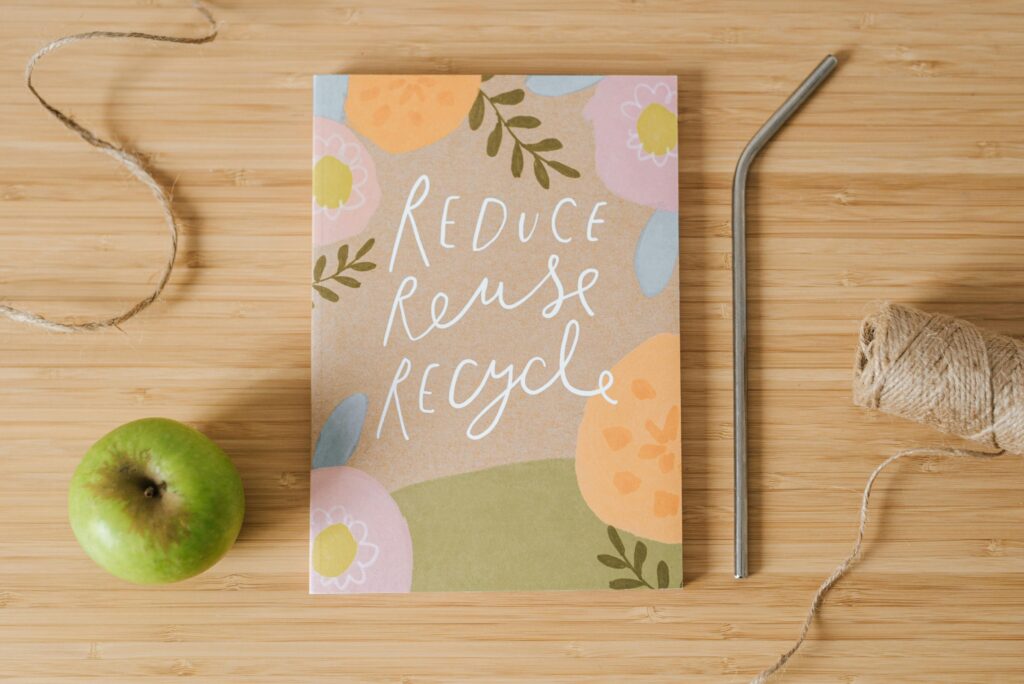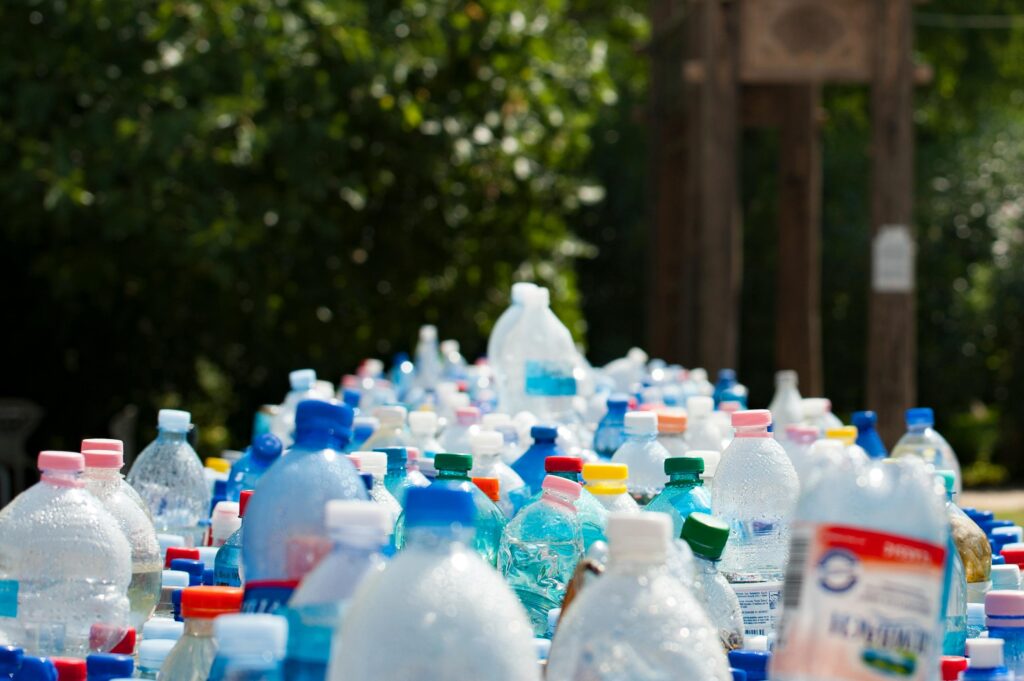Have you ever wondered what happens to all those plastic-wrapped menstrual products after they’re tossed? Spoiler alert: most end up in landfills, taking centuries to decompose. Now, what if I told you there’s a way to stay comfortable during your period while being kinder to Mother Earth?
In this guide, we’ll dive into everything you need to know about eco-friendly period pads, including why they’re worth it, how to switch without regretting it, and tips for choosing the perfect match for your flow. You’ll also get real-world examples, answers to FAQs, and even my personal eco-pad fails (yes, I had a few).
By the end of this post, you’ll learn:
- Why traditional pads are bad news for your body—and the planet.
- A step-by-step guide to transitioning to organic pads.
- Tips for finding affordable yet high-quality options.
- Real stories from women who love their eco-friendly alternatives.
Table of Contents
- The Problem with Traditional Pads
- How to Transition to Eco-Friendly Pads
- Top Tips for Choosing Organic Pads
- Success Stories: Real Women Share Their Experiences
- FAQs About Eco-Friendly Period Pads
What’s the Deal with Regular Pads? Are They Really That Bad?

I used to blindly grab whatever was cheapest at the store because, let’s face it, periods are expensive enough already. Then one day, while watching a documentary on pollution, I saw an image of tampons floating in the ocean like sad little jellyfish. It hit me—oh crap, that’s me contributing to this mess.
Here’s the brutal truth:
- Conventional pads are made with up to 90% plastic materials.
- These single-use items contribute over 200,000 tons of waste annually worldwide.
- Some pads even contain harmful chemicals, dyes, and fragrances that can irritate sensitive skin.
And here’s where grumpy optimist mode kicks in:
Optimist Me: “Switching to eco-friendly pads solves all these issues!”
Grumpy Me: “But what if they leak? Or cost too much?”
Keep reading—we’ve got answers for both sides of the argument.
Step-by-Step Guide to Transitioning to Eco-Friendly Period Pads
Transitioning sounds intimidating, but trust me, it’s easier than trying to decipher TikTok trends. Here’s how:
Step 1: Do Your Research
Not all eco-friendly pads are created equal. Some use certified organic cotton; others might incorporate biodegradable plant fibers. Look for certifications like GOTS (Global Organic Textile Standard) or OEKO-TEX® to ensure quality.
Step 2: Start Small
Don’t go full cold turkey unless you’re feeling brave. Pick one or two brands to test first. For example, I started with a sample pack from [Brand Name] that included light, medium, and heavy absorbency options.
Step 3: Adjust Expectations
Eco-friendly pads may feel slightly different, and that’s okay! They tend to be thinner and more breathable due to fewer synthetic layers. If you’re used to thick, fluffy ones, give yourself time to adjust.
Step 4: Dispose Responsibly
Even though eco-pads are biodegradable, don’t toss them just anywhere. Compost bins designed for organic waste or specific disposal bags are your best bet.
Top Tips for Choosing the Best Organic Pads

Let’s break this down into bite-sized advice:
- Check Absorbency Levels: Not all days are created equal. Opt for variety packs that cater to different flows.
- Prioritize Breathability: Organic cotton is naturally softer and less likely to cause irritation compared to synthetics.
- Beware Greenwashing: Just because something says “natural” doesn’t mean it actually is. Always verify labels and reviews.
(Confession time: Once, I bought pads marketed as “biodegradable,” only to find out later they contained hidden plastic lining. Lesson learned—always double-check.)
Success Stories: Real Women Share Their Experiences
Still skeptical? Let me share some inspiration:
Sarah L., 29: “Switching to organic pads changed everything for me. No more rashes or discomfort during summer months!”
Jamie K., 35: “I was worried about leaks at first, but these pads exceeded my expectations. Plus, knowing I’m reducing my carbon footprint feels amazing.”
FAQs About Eco-Friendly Period Pads
Are eco-friendly pads hygienic?
Absolutely! Brands follow strict hygiene standards, and many undergo sterilization processes before packaging.
Do they work as well as regular pads?
Yes—if anything, they often perform better due to superior material breathability.
Terrible Tip Disclaimer:
You might hear someone say, “DIY cloth pads are cheaper!” Sure, but honestly, DIY routes require serious commitment (and laundry skills). Stick to trusted brands unless you’re ready to take the plunge.
Conclusion
Making the switch to eco-friendly period pads isn’t just about saving the planet—it’s about prioritizing your health, comfort, and peace of mind. Remember, every small step counts toward creating a greener future.
So next time you stock up on supplies, consider giving organic pads a shot. And hey, if nothing else convinces you, think of it as treating yourself to a spa day…for your lady garden.
Like a Tamagotchi, your skincare routine needs daily care—same goes for sustainable choices!


